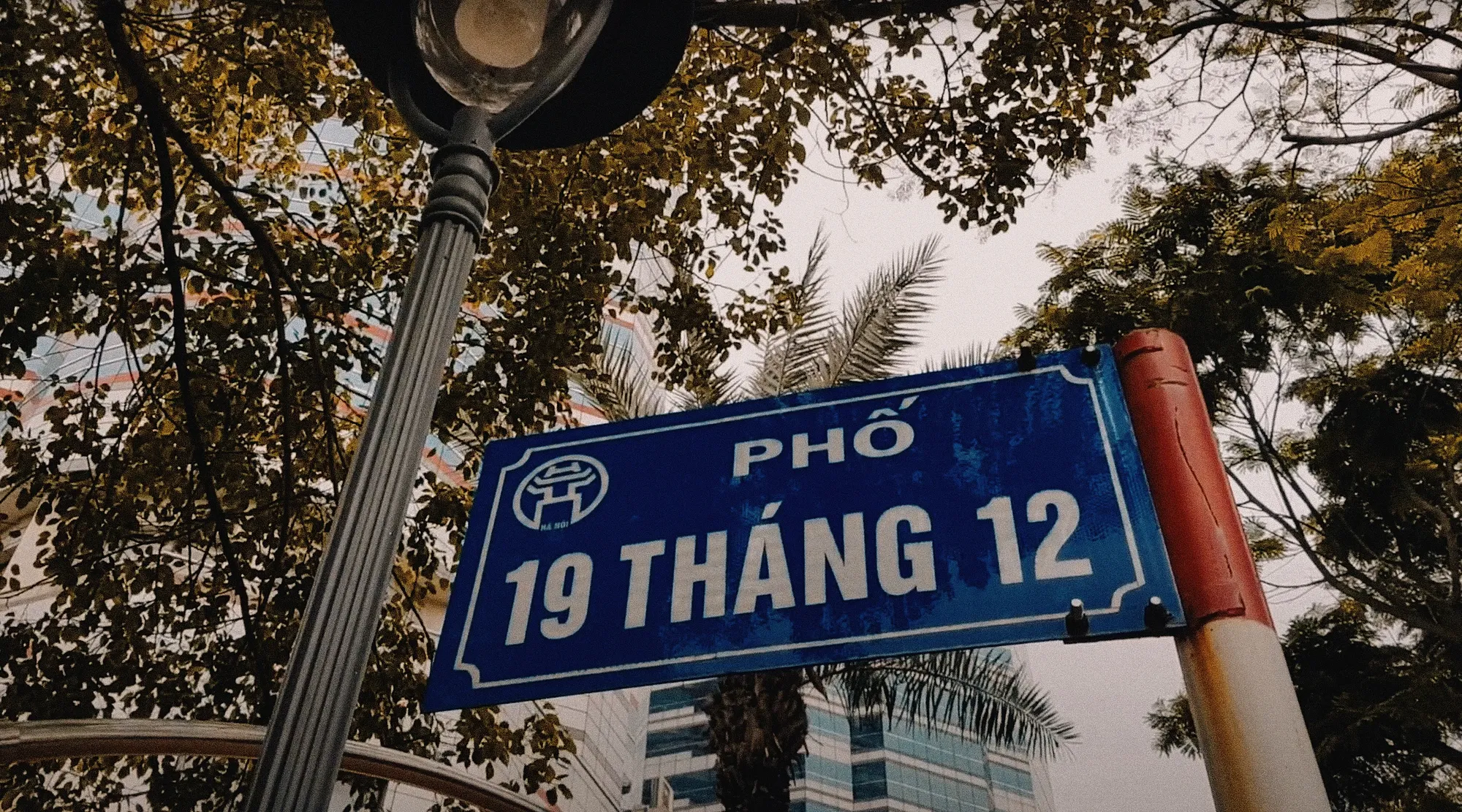From the end of the 19th century to the beginning of the 20th century, hát bội left a major mark on the hearts and minds of many viewers, including French colonizers. The French brought this form of folk performance art to the 1889 Exposition Universelle in Paris, a world’s fair organized to showcase international cultures. Scenes of hát bội can be seen on promotional materials, souvenirs, and lithograph prints from back then.

A poster advertising the 1889 Exposition Universelle.
Hát bội can be traced back to the 12th century, when it was first performed as a pastime activity for royal members and noble families. Gradually, the colorful art started to reach other demographics through traveling troupes on boats across the Mekong Delta. Over time, hát bội became a significant cultural artifact, taking root in the life and leisure of southern Vietnamese, and even nationally. Hát bội often imbues moral lessons, promotes grace and respect, praises the good, chastises the bad, and seeks good fortune for the next harvest season.

A poster with the caption: “How we entertain soldiers in the Far East.”
Thanks to its popularity, hát bội artists have always been invited to perform at Kỳ Yên festivals in southern Vietnam, with the sounds of their production signifying an exciting time to be had by all. Kỳ Yên festivals are usually held at the start of the year in villages to wish for an auspicious year. One show tends to be a long event, extending to several nights and divided into different acts. An example is San Hậu, which takes three performances to finish the story. Thus, many fans practically abandon their family while the troupe is in town to participate in the festivities.

An illustration of a hát bội show. Image via the Claude Debussy Archival Center.

An illustration depicting a hát bội performance at the 1889 Exposition Universelle. Artwork by Frederic Baile. Image via Vẽ Về Hát Bội.

A painting by Paul Doumer depicting the production. Image via Gallica digital archive.
During their occupation of Vietnam, the French studied and were fascinated by the art of hát bội, a distinctly Vietnamese form of folk art.

A hát bội show at the Paris world's fair.

A lisographic print of hát bội actors.
One example is Vua Đời Đường (Tang-Era Emperor) is a play directed and produced by Nguyễn Đông Trụ. The production chronicles the assassination attempt on Lý Tiên Vương orchestrated by his brother-in-law, who schemed to steal the throne. The aspiring murderer was assisted by four court mandarins during a royal banquet. After narrowly escaping death, the king managed to survive thanks to the help of his adopted son. Following the violence, he returned to the throne. The play was a polarizing performance among foreign academics due to the novel way it approached costume design, music, and musical execution. Still, one can’t deny that many viewers and critics were enchanted by the unique tones of Vua Đời Đường. French composer Debussy even compared it with Ring des Nibelugen, an opera by Wagner. It was reportedly the inspiration for his composition ‘Pour Les Quatres.’


Hát bội on commemorative plates from 1889.
As part of the 1889 world’s fair, scenes of people watching and performing hát bội were portrayed in many promotional materials and souvenirs, so we now have a chance to glimpse how this centuries-old art form has existed through the eras.

Behind the scenes of a play.
















